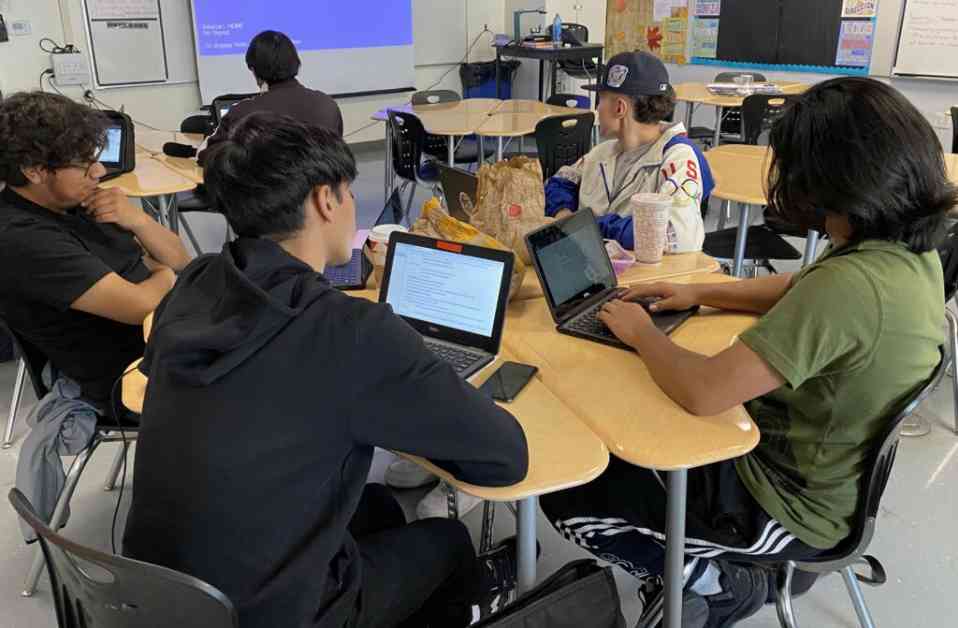Dual enrollment programs have been identified as a powerful tool to address equity gaps in college enrollment and completion rates. However, a recent report from the Community College Research Center (CCRC) at Teachers College, Columbia University reveals that Black, Latino, and low-income students still face challenges in accessing these programs.
The report, which tracked students who started dual enrollment courses in 2015 through 2021, highlighted the disparities in college outcomes for dual enrollment students. While California students are as likely to enroll in college after high school as those in other states, they are less likely to complete a college degree within four years.
John Fink, a senior research associate at CCRC, emphasized the importance of dual enrollment programs that offer both accessibility and support to ensure student success. The report indicated that California’s Black, Latino, and low-income students in dual enrollment programs have lower college enrollment and completion rates compared to their counterparts.
Despite the positive impact of dual enrollment on postsecondary access and attainment for these students, there are still barriers to access, particularly for Black students. Policies such as class fees, test score requirements, and administrative hurdles can limit participation in dual enrollment programs.
California stands out for its heavy reliance on community colleges for dual enrollment, with 87% of dually enrolled students taking classes at these institutions compared to 72% nationally. Students who participated in dual enrollment courses in California were more likely to continue at a community college after high school.
While dual enrollment programs offered by four-year universities tend to have better outcomes, they often under-enroll Black, Latino, and low-income students due to restrictive eligibility requirements and lack of support services. The report also highlighted the importance of the College and Career Pathways Act, passed in 2015, which aimed to expand access to college courses for high school students through dual enrollment.
Although dual enrollment has more than doubled in California since 2015, there are still persistent access gaps for Black, Latino, and low-income students. An analysis by EdSource in 2022 revealed that these students are underrepresented in dual enrollment classes, indicating a need for targeted efforts to increase access and support for these populations.
